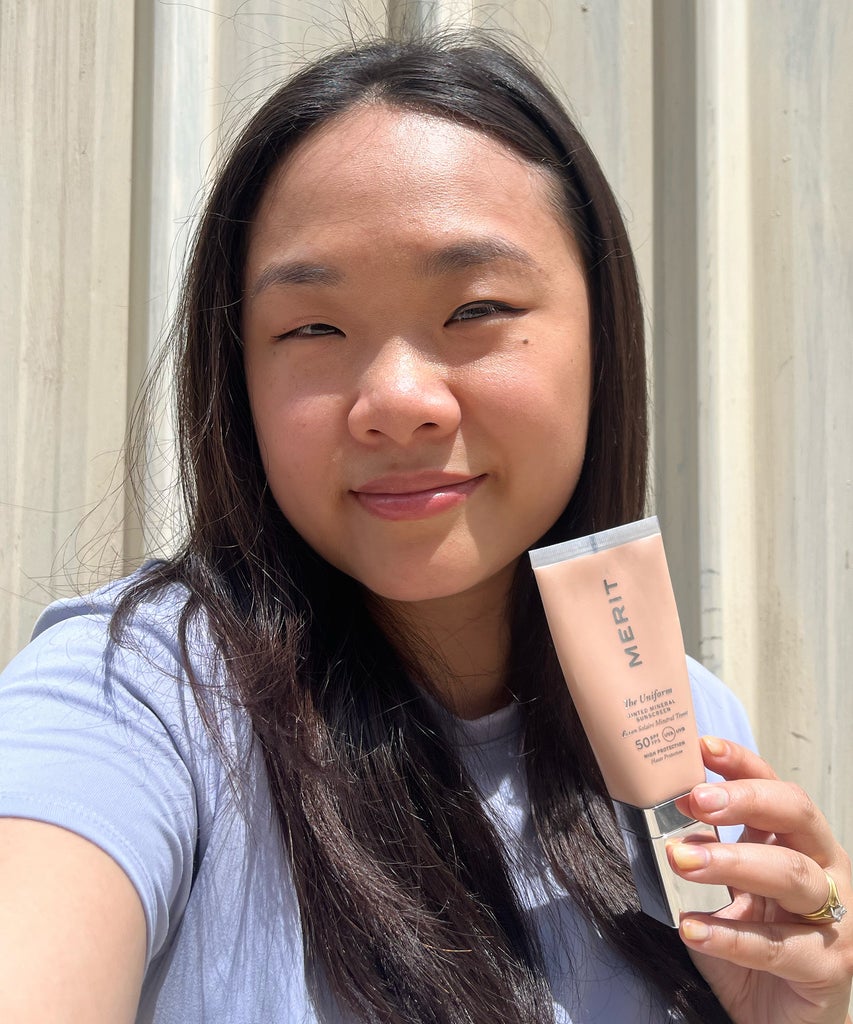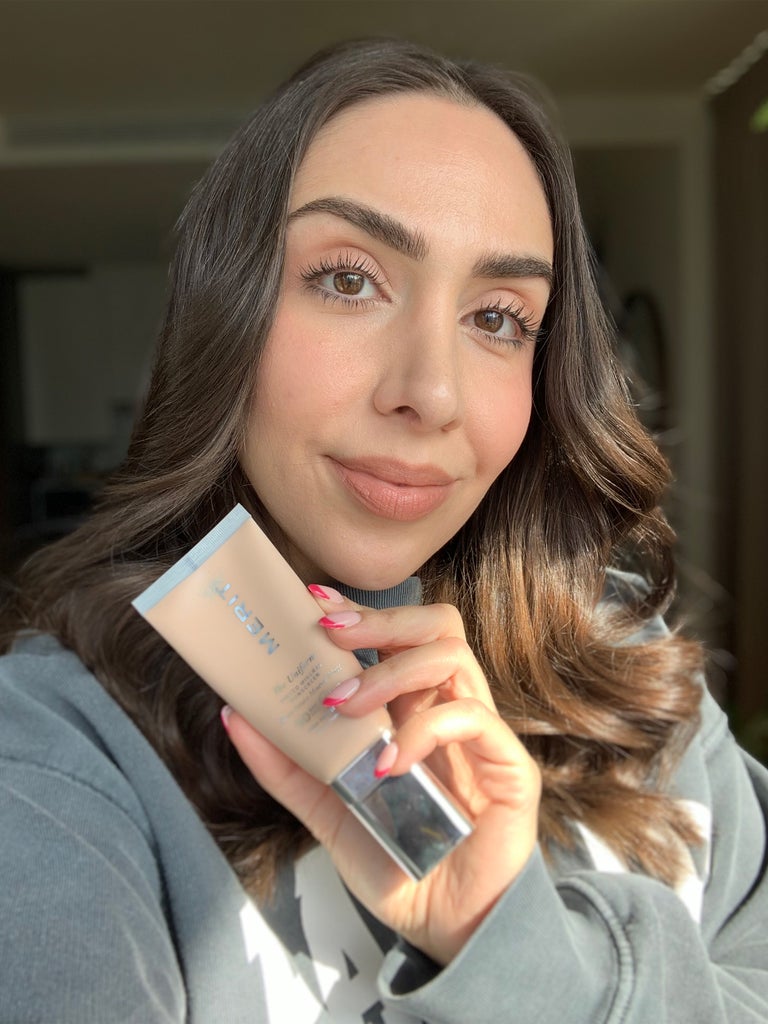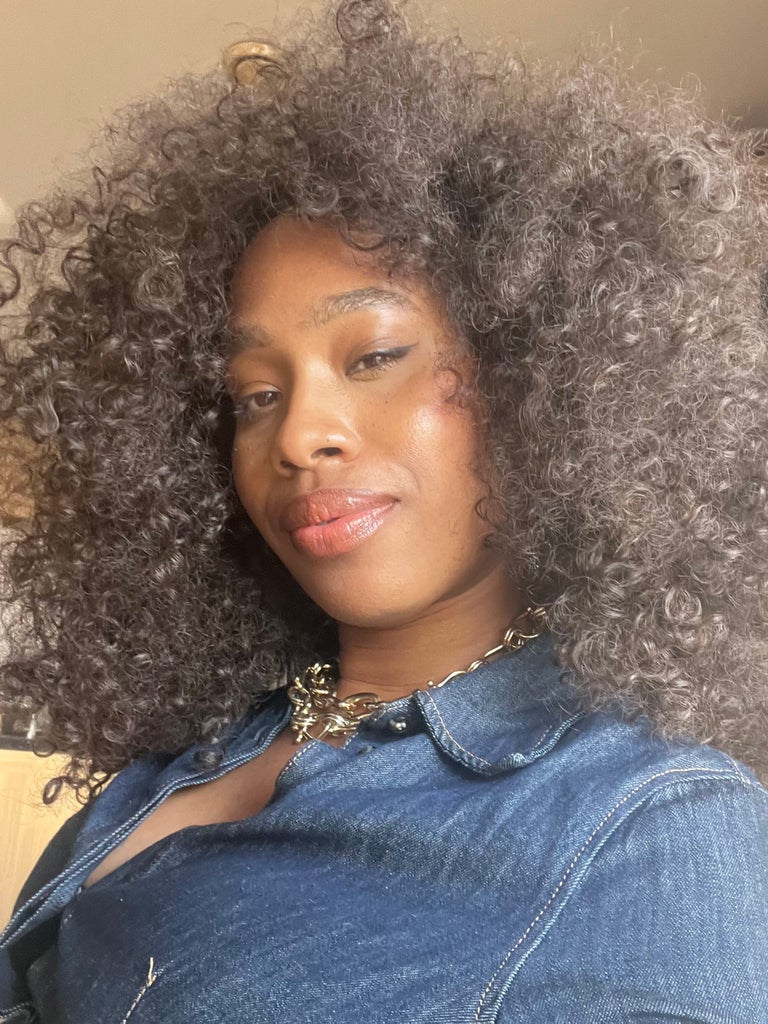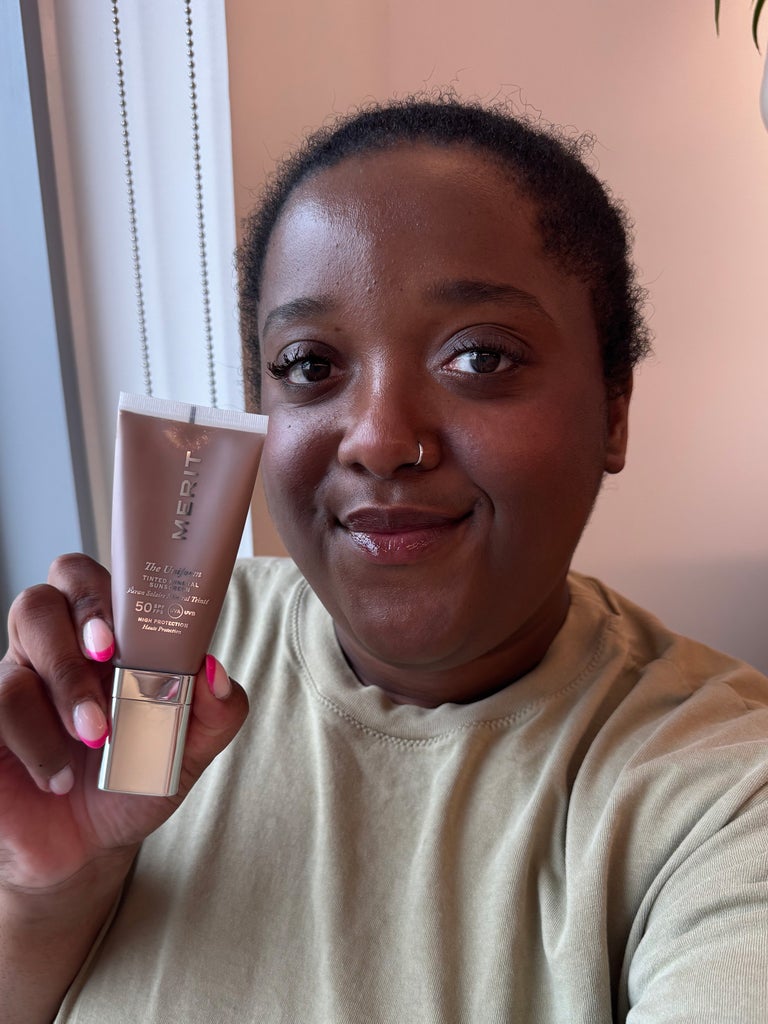

Cosmic beings, are you ready for a lighter and freer season of your life? This is it. On 25th May, Mercury, the planet of communication, enters Gemini, followed by the New Moon in Gemini on 26th May. After trekking through the emotionally charged waters of the Scorpio full moon and the slow, grounding earthiness of Taurus Season, this new moon week hits different. It’s giving: fresh air, clear skies, renewed curiosity, and permission to float a little. If the first half of May felt like being caught in a burning ocean of emotional depth, the final week is the breath you finally get to take after swimming through it. The cosmos are clearing, and the vibe? Laughter, love, lightness, and play.
But don’t get it twisted — this levity comes after major transformation. You’re not who you were at the start of the month. You’re not even who you were two weeks ago. This week is your moment to integrate all the hard-earned clarity from the past few weeks into something that feels more spacious. With Saturn’s transit in Aries now fully underway for its first full week (we haven’t felt this since 1999 — a different millennium!), it’s time to act like the new version of yourself. No more over-apologising for your fire. No more waiting for perfect timing. Saturn in Aries says: go!
Together with Mercury and the moon now in Gemini, this is the most aligned week of 2025 (so far) to set intentions, have the conversations you’ve been avoiding, and tell the universe exactly what you want — or better. Think movement, magic, and fresh starts… all with a cosmic wink.
Read your horoscopes for your Sun and Rising signs for the most in-depth forecast.

Aries Sun & Rising:
Aries, Saturn’s first full week in your sign is giving “new character unlocked.” It’s been nearly three decades since this transit last occurred, and you’re not who you were back then (or even six weeks ago). This week reminds you that structure can be a love language when used to build a life you actually enjoy. You might be feeling the urge to reinvent yourself from the inside out — your look, your boundaries, your morning routine. No need to do it all in one day, though. The Aries magic is in bold action, not rushed action. Think: what does the future version of me need today? Then give yourself that. Saturn wants discipline, but it also wants truth. So start showing up as the version of yourself who knows what they’re capable of.
The Gemini new moon on the 26th (and Mercury’s entrance into Gemini on the 25th) lights up your sector of communication, making this the best week of the month to manifest through words. Write the email. Pitch the idea. Start the book. Text the crush. This is your week to be your own hype person and get clear on how you want to be heard. You’re learning that being brave with your voice doesn’t always mean shouting; it means saying what you mean and letting the world adjust accordingly.

Taurus Sun & Rising:
Taurus, with Saturn spending its first full week in Aries, your sector of closure, spirituality, and healing is activated — and you may feel a shift in your inner world before anything material even changes. It’s like a chapter is closing, but not in a dramatic way. More like: you quietly realise you’re no longer available for certain habits, friendships, or emotional burdens. You’re feeling the power in saying less, observing more, and not rushing the answers. Rest is productive now. Go inward. Spend time in water, journal without editing, and give yourself the privacy to be in process. Your subconscious is doing major renovations this week, even if it looks like you’re just staring at the ceiling.
Then the 25th and 26th bring Mercury and the new moon into Gemini, activating your money and self-worth sector. You’re invited to reimagine your relationship with security and abundance. Set new moon intentions as if it’s already yours. Imagine: I wake up and check my account, and the number makes me smile. I work with clients who respect and value me. This week is about planting new mental seeds around what you deserve to receive — financially, emotionally, and energetically. Manifest as if it’s inevitable.

Gemini Sun & Rising:
Welcome to your solar return season, Gemini! Saturn spending its first full week in Aries activates your sector of community and legacy, and you’re starting to get serious about your role in the collective. Think: who are your people? And how are you showing up for the causes and collaborations that light you up? This isn’t about performance or perfection — it’s about participating. If you’ve felt a little on the sidelines, Saturn’s presence here is saying it’s time to reengage. Even if that means building new community from scratch or being the leader you’ve been looking for.
Then Mercury enters your sign on the 25th, followed by your annual new moon on the 26th, and you’re being reborn mentally, emotionally, and cosmically. New moon, new mind. Set intentions not just for this week or month, but for your entire next year of life. What do you want your future self to remember about the moment you chose yourself again? You’ve changed. Say it out loud. Celebrate it. And now get excited to attract people, resources, and opportunities that match who you are becoming — not who you used to be.

Cancer Sun & Rising:
Cancer, Saturn’s first full week in Aries hits your career and reputation sector, and it’s giving boss energy, whether you feel ready or not. If the past year has had you questioning your path or pace, Saturn’s shift here brings clarity. It’s asking: what are you building long-term? This is your season to do legacy work —not necessarily the most glamorous or Instagrammable tasks, but the ones your future self will thank you for. Don’t shy away from authority; you’re stepping into your own. And if imposter syndrome creeps up? Take it as a sign you’re levelling up.
Mercury and the new moon in Gemini (the 25th and 26th) bring a breath of air into your sector of rest, dreams, and surrender. You’re being invited to pause and reassess, especially since Gemini season brings its own flurry of activity. This is your moment to recalibrate. Reflect. Catch your breath. Set new moon intentions around your spiritual well-being. What would peace look like in your daily life? What do you need to release to receive it? This week is a beautiful balance between rising to your calling and allowing softness as a strength.

Leo Sun & Rising:
This week, Leo, Saturn is in its first full week in Aries, activating your travel, truth, and expansion sector — and you’re craving more. Not just more experiences, but more meaning. You’re not interested in staying stuck in a loop; you’re ready to reimagine your future with fresh eyes and bold decisions. Think about the philosophies, courses, or adventures calling your name. The next two years are about constructing a life that stretches you (in a good way). Say yes to what aligns, even if it terrifies you a little.
Then, Mercury enters Gemini on the 25th and the new moon follows on the 26th, activating your sector of friendship, technology, and vision. This is your invitation to cast a new net, digitally or IRL. Network. Dream up collaborative projects. Reach out to someone you’ve been wanting to reconnect with. The vibe is: if you can visualise it, you can make it real. This new moon helps you plant seeds for the future. Not just who you want in your life — but how you want your life to feel with them in it.

Virgo Sun & Rising:
Saturn’s first full week in Aries is all about intimacy and transformation for you, Virgo. You’re being asked to look at what you’ve merged with — energetically, romantically, financially — and evaluate whether those mergers are still aligned. You’ve matured in love, in your self-worth, and in your emotional boundaries since last year. Now, Saturn is helping you apply those lessons with clarity and conviction. Think of this era as your energetic audit. What have you been giving too much of, and what’s been flowing effortlessly? Adjust accordingly. Then, your ruler Mercury’s move into Gemini on the 25th and the Gemini new moon on the 26th illuminate your career and public image. It’s glow-up time… on your terms.
You may feel inspired to start something new professionally, pitch yourself more boldly, or reinvent your online presence. People are paying attention to you right now. Use your voice wisely. Set new moon intentions related to legacy, visibility, and confidence. This is the type of week where a DM, a call, or a comment could change your trajectory. Be ready. Be vocal. Be seen.

Libra Sun & Rising:
Saturn’s first full week in Aries hits your relationship sector, Libra — and this isn’t light stuff. Saturn here over the next two years is about committing to alignment. Not perfection, not performance, but presence. You’re learning what real partnership feels like, and what you’re no longer available for. This is the week where the pressure might start rising in certain dynamics. Instead of spiralling, pause and ask: is this love helping me grow or keeping me small? The best partnerships —romantic or not — will support your evolution, not resent it. You’re not being too much. You’re becoming more you.
The Gemini new moon on the 26th (and Mercury’s entrance into Gemini the night before) lights up your sector of expansion, philosophy, and vision. If you’ve been playing it safe lately, this week nudges you to stretch. Dream up a trip, enrol in a course, start that blog or YouTube channel. This isn’t about being ready — it’s about being curious. What if you don’t need a plan right now? What if you just need to believe that something new is possible? Start there. Set intentions from your future self’s point of view. She’s proud of you already.

Scorpio Sun & Rising:
You’re entering Saturn’s first full week in Aries, and for you, Scorpio, it’s activating your wellness, routine, and work sector. Time to get your systems in order, but don’t panic — this isn’t about becoming a productivity robot. It’s about making your days more liveable, sustainable, and satisfying. This is where the magic lies now. A simple tweak to your workflow, a new morning ritual, drinking more water, or finally going to bed on time… it all adds up. You’re refining the vessel that houses your power. Don’t underestimate the glow-up that starts with structure.
Then Mercury in Gemini enters your sector of depth and transformation on the 25th, followed by the new moon in the same sector on the 26th. Things are about to get real. This is a deeply fertile moment for intimacy, healing, forgiveness, and releasing what doesn’t serve your soul. Set intentions not just with your mind, but your body too. Where do you carry old betrayals or burdens? It’s time to breathe through them. To name what you want more of. To let love feel safe again — starting with the way you speak to and deeply love and nurture yourself.

Sagittarius Sun & Rising:
Saturn’s first full week in Aries brings heat to your creativity, romance, and inner child sector, Sag. It’s here to remind you: your joy matters. You’ve spent the last year being introspective, doing shadow work, facing the subconscious muck. Now Saturn says, okay… but what brings you delight? And are you willing to be consistent about making room for that? This is a time to treat your joy like a priority, not a bonus. You’re becoming the version of yourself who leads with wonder again. Even if it means unlearning what you thought adulthood had to look like.
The Gemini new moon and Mercury in Gemini activate your partnership sector on the 25th and 26th, making this week a big deal for your one-on-one dynamics. If you’re already in a relationship, this is the week to talk openly, laugh more, and remember what you’re building together. If you’re single, there may be new prospects — unexpected DMs or flirty run-ins. But whether partnered or not, this energy is more about clarity than outcome. What kind of relationship do you want, Sag? Name it out loud. Then show up like it’s already yours.

Capricorn Sun & Rising:
Capricorn, Saturn, your planetary ruler, is in its first full week in Aries, activating your home, family, and emotional security sector. And it’s here to say: safety isn’t always about the past. It’s about how you root in the now. This week might bring up old patterns from childhood or family relationships, but this time, you’re equipped to do something differently. Create your own rules. Define your own comfort. Build a home inside yourself that feels like sanctuary, no matter where you live. You’re learning to soften and secure at the same time.
Then Mercury enters Gemini on the 25th, followed by the new moon in Gemini on the 26th, illuminating your sector of health, habits, and workflow. Start small. This is a fantastic week to reimagine your daily routines and make space for what actually works for you. Not what looks good on paper or on Instagram — but what feels grounding and supportive to you. Set intentions around ease. Find systems that honour your energy. Let discipline become devotion. You deserve to feel held in the way you hold everyone else.

Aquarius Sun & Rising:
Aquarius, your ruler Saturn’s transit in Aries is now in full swing, activating your communication and thought sector, and it’s time to clean up your mental diet. What are you consuming daily, and how does it make you feel? What you watch, scroll, think, and say all shape your experience. This week, you’re getting real about your inner narrative. Replace criticism with curiosity. Instead of trying to be right, ask how you can be clear. You’re developing more emotional intelligence, and with Saturn guiding the way, your words now have weight. Use them with care.
Mercury in Gemini (25th May) and the Gemini new moon (26th May) open a new portal in your creativity, love life, and inner child. This is your week to flirt — with someone, with an idea, with life itself. Be spontaneous. Let joy guide the decisions. If you’ve been in your head, this week pulls you back into your body. Write poetry. Make a playlist. Go on a mini date, even (or especially) with yourself. Your future joy starts now. Set intentions that light your soul up, and remember: love isn’t a distraction. It’s a life force.

Pisces Sun & Rising:
Pisces, the first full week of Saturn in Aries activates your money and values sector. It’s time to have the money talk — with yourself, your work, your ancestors, and your future. You’re learning how to rewrite your worth story. Not based on hustle, not based on sacrifice, but on clarity and consistency. You may feel more grounded than you have in a while (Saturn’s transit in Pisces was a doozy and you’ll experience on final stretch starting 22nd October), and even if you don’t yet, trust that you’re laying new foundations. Start with one step: pay a bill, open a savings account, ask for what you’re worth. That’s how you call in the abundance that’s already yours.
Then Mercury and the new moon in Gemini light up your home and roots sector (25th and 26th May), bringing fresh air into your emotional foundations. You might suddenly want to change up your living space, plan a trip back home, or have a heart-to-heart with a family member. Even if it’s messy, lean in. Gemini energy brings levity to heavy topics. Set new moon intentions around creating emotional security — what it looks like, sounds like, feels like. You’re evolving past survival and into true self-nourishment. Make your life feel like home again.
Like what you see? How about some more R29 goodness, right here?
Your 2025 Money Horoscope Is Here












